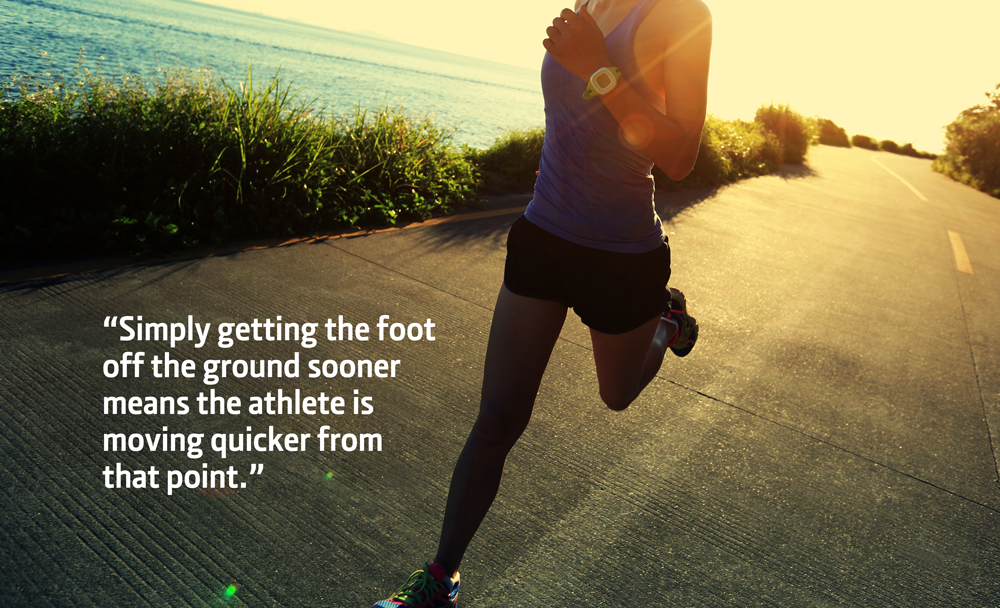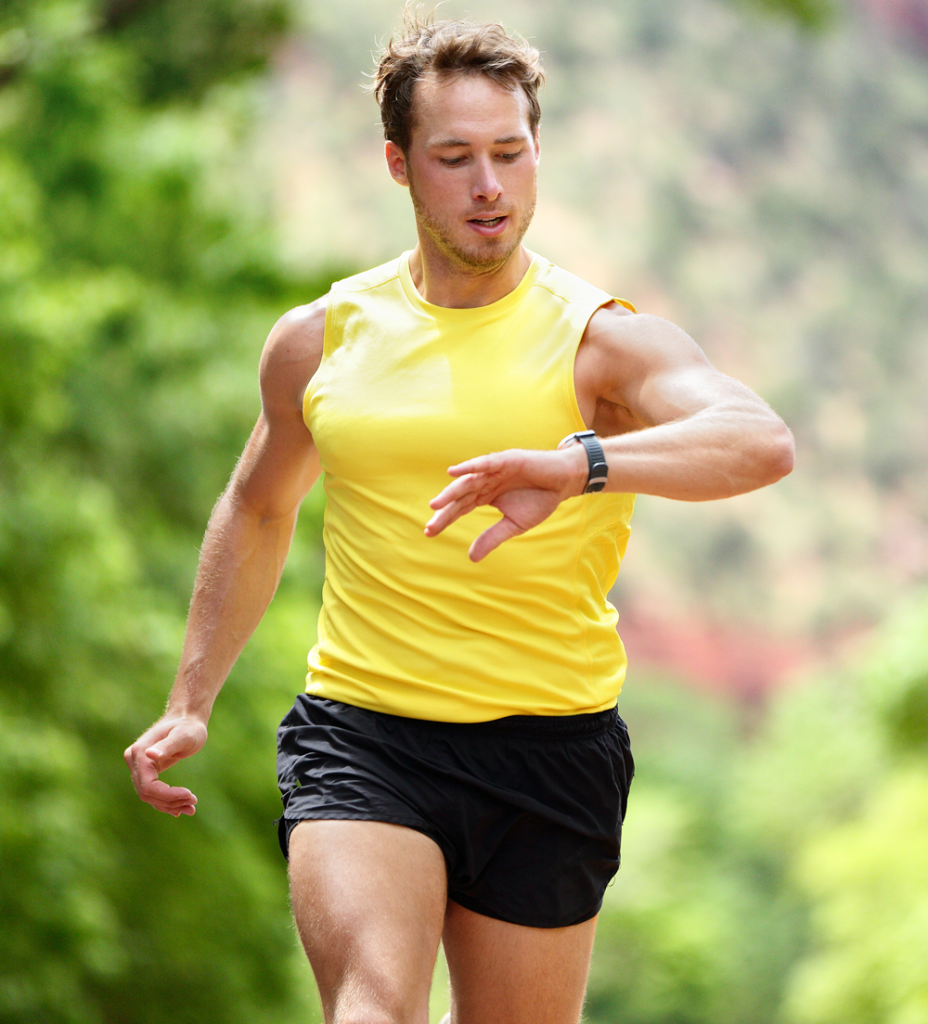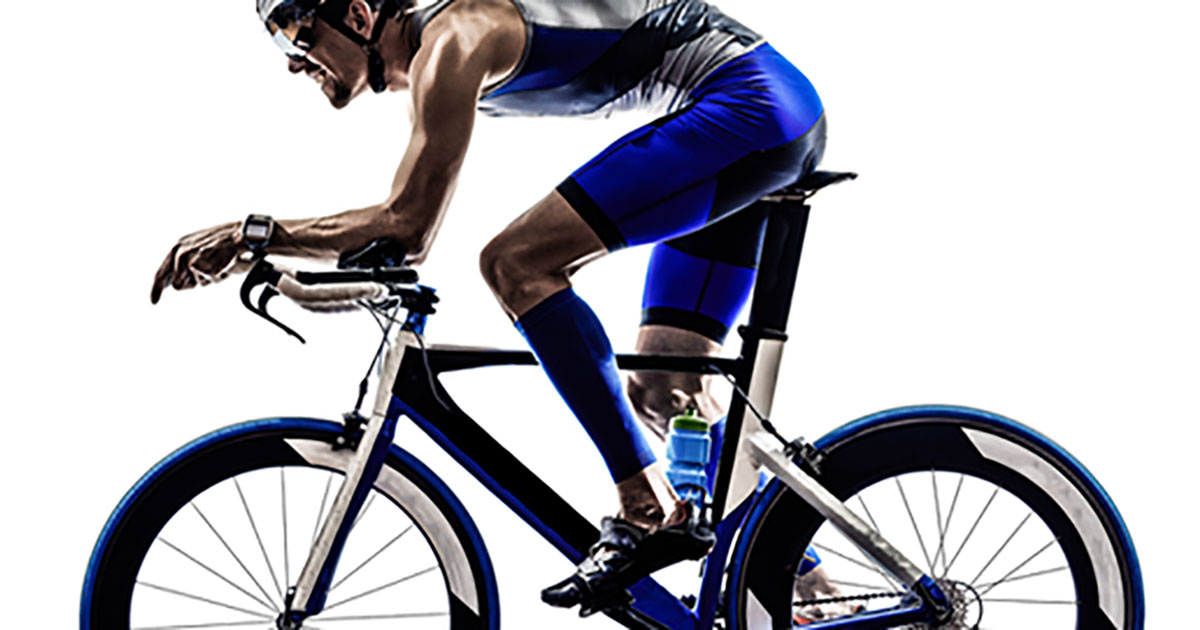No matter what sport you do, there is a universal truth to high performance; it comes down to how much force you can apply, and the speed at which you can apply it.
As a cyclist, pushing into the pedals with the highest force from your legs, and how fast your pedals spin is key to performance. Hit a golf ball, and it comes down to how fast you can swing the club while hitting the ball with the most force, (hopefully keeping it straight). In swimming, how forceful your pull is, and how many of those forceful pulls you can take every minute matters. If running, the force you apply into the ground, and how fast your foot gets off the ground determine your speed.
Many athletes understand the force part, some making a priority of strength training, others doing big gear climbs, pulling with paddles in the pool, or running hill repeats. But these are just one side of the equation, as speed of the movement needs to be addressed too. Speed of the movement is usually expressed in endurance sports as RPM, or revolutions per minute, or cadence.
Low cadence runners spend more time with their foot on the ground, meaning they aren’t actually moving from that point. The longer the foot stays there, the more time an athlete spends planted there.

Low cadence riders, or “mashers” as they are often called, are required to produce a high force with every slow pedal stroke, meaning more fast-twitch muscle fiber is required, as intensity goes up. It sounds counter-intuitive, considering the movement is slow, but the more powerful muscle fibers are fast-twitch, so when required to produce more force, more fast-twitch fibers are recruited.
Fast-twitch muscle fiber can’t last very long, especially compared to slow-twitch muscle fibers. The same thing happens with runners as cycling mashers, who have to push more force into the ground if they can’t raise their cadence. Slow-twitch fibers are utilized more in generally higher cadence efforts.
You’re probably wondering, “How can one address speed of the movements?” And, “How am I supposed to address cadence when I have all these other workouts I need to do, especially the hard ones?” Great questions!
If you can, you should be looking at your average cadence on easy workouts, and looking to raise it there, first and foremost, bringing a new sense of purpose and training effect to your easier or recovery sessions. If the only time you work on improving your cadence is when you go hard, you won’t give yourself enough opportunity to really improve it.
There’s a coordination and neurological fitness when it comes to maintaining high cadence, which must be honed and developed. Technique also plays a role, in how smooth of a pedal stroke a cyclist has, or even the body position and foot-strike technique for runners. All of these can be improved in easier sessions, if the athlete is really focused on the technique, and keeping the intensity overall low. Raising cadence can stress the body, especially if too much too soon, so these sessions are best introduced in small intervals, and increased over time.
Check your bike computer and see what cadence you tend to spin easy at. If it’s in the 80’s, you need to get it to the 90’s, or even better, over 100 rpms.
 Get a foot pod for your shoes, to communicate with the GPS watch you use on your runs. Again, start tracking what your average cadence is for you, even your easy runs.
Get a foot pod for your shoes, to communicate with the GPS watch you use on your runs. Again, start tracking what your average cadence is for you, even your easy runs.
If your easy, default cadence is in the 70’s or mid to low 80’s, it needs to be addressed. Doing small intervals where all you focus on is raising your cadence 2-4 rpms more, without creating more force into the ground, can do wonders.
If there is a clear difference between your easy efforts and even your moderate efforts, then bringing this type of training into your program will likely yield some significant results in as little as 4 weeks.
Best of luck!
Jim Vance is an Elite Coach for TrainingBible Coaching, and Head Coach of Formula Endurance. You can follow his writings at CoachVance.com, or see his training plans offered at TrainingPeaks.



